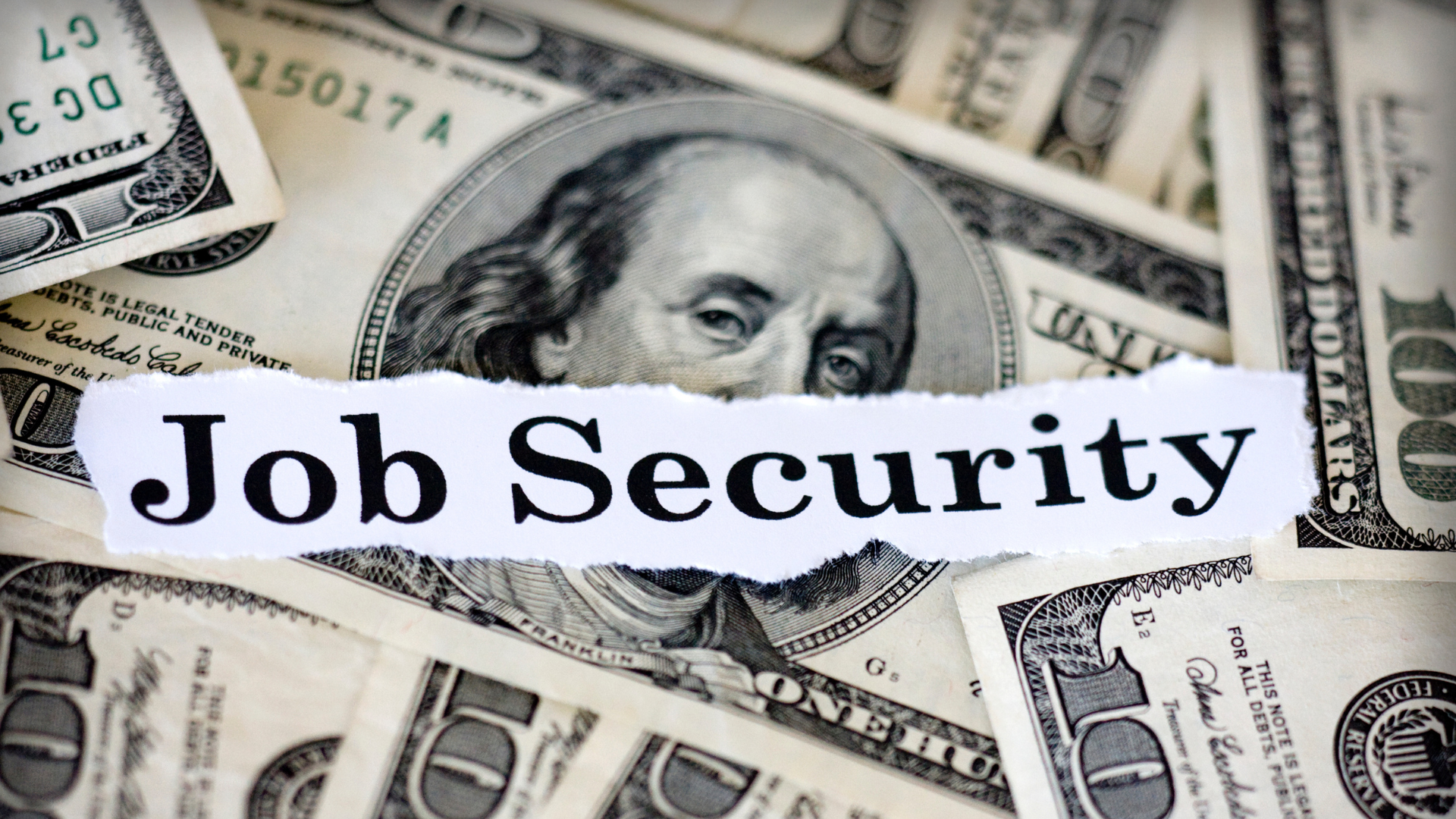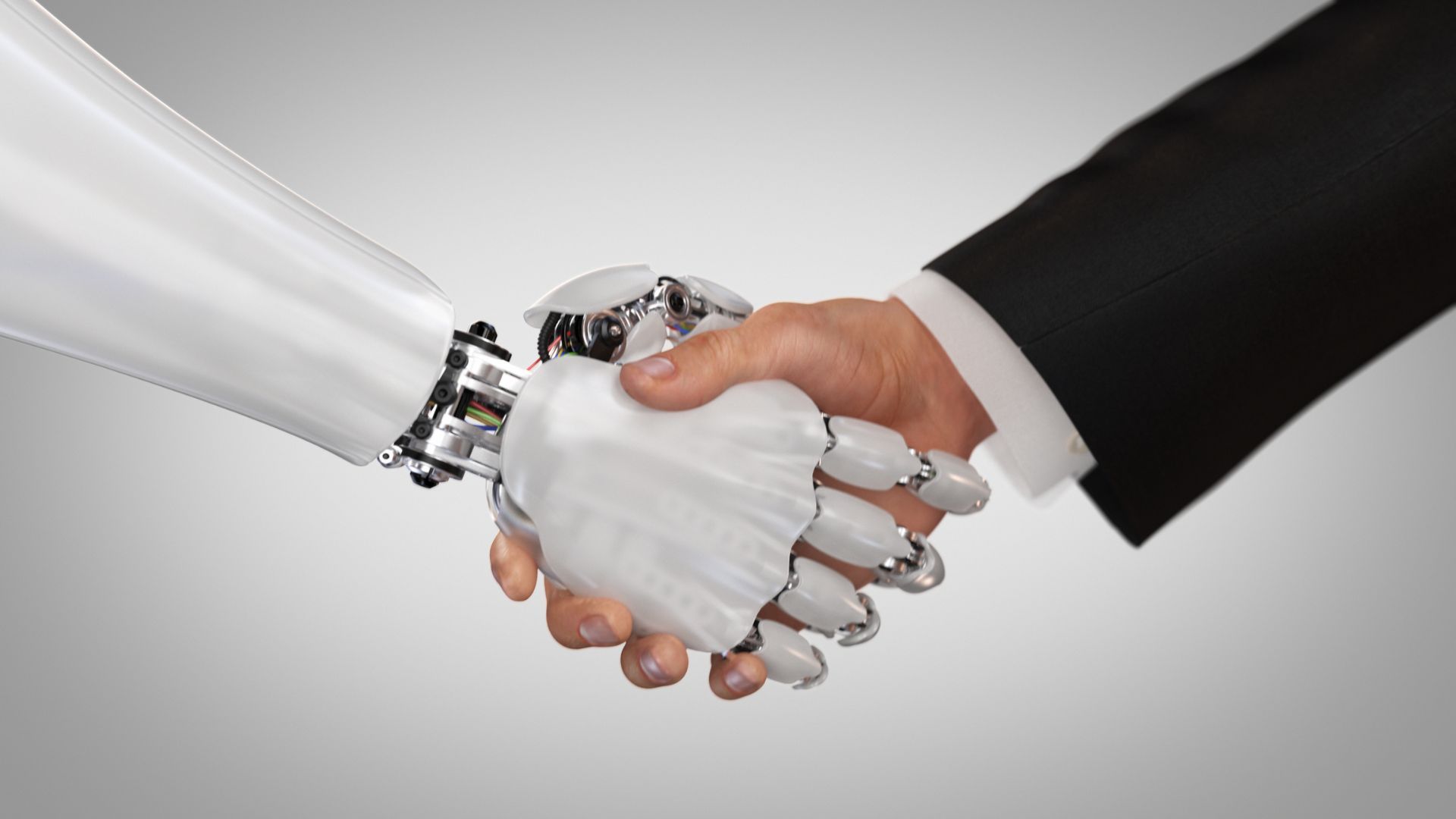The Evolution of Performance Reviews
Ariane Riehs • January 27, 2021

While many people confuse individual employee performance for growth, workers can perform well and hit their company targets without necessarily growing professionally. This usually happens when employees are working in jobs that fail to optimise their skills and talents. The win-win situation is when work performance goes hand in hand with professional development, ensuring that both the employer and the employee benefit.
Employers can help their workers achieve peak performance and professional growth goals by setting up an ideal work environment and putting in place development programs to enhance the knowledge and skills necessary for progression. When employers focus on work performance and organisational goals instead of individual professional growth, they take the risk that they may create boredom and job stagnation, demotivating good employees in the process and leading to high turnover.
How Remote Working has Affected Work Performance
Remote working has challenged previous work culture and HR policies, including aspects of performance and growth. Apart from their company goals, employers have been forced to re evaluate how they perceive and measure performance.
According to Forbes
,
a recent survey revealed that 63% of workers interviewed felt the pressure to perform and therefore recorded their virtual meetings for future reference and improvement. Challenges in communication, technology, cybersecurity and health remain huge obstacles to remote employees' performance and productivity. This is in addition to the outbreak of 'zoom fatigue' experienced by employees across the world, due to the increased number of virtual meetings.
Tips for Improving Performance and Growth in 2021.
Businesses have to make many improvements in 2021 in response to the changes and challenges with which they have had to grapple ( and overcome) in 2020.
These include:
Redesigning work and workforces — The workplace changes brought about by COVID-19 demand a new approach and set of skills for businesses which want to flourish. Business operations are now conducted virtually and HR managers might consider this when redesigning tasks and goals for their employees. This has compelled businesses that want to attract and retain top talent to redesign and recraft jobs according to their new demands. Additionally, rather than annual performance evaluations, HR managers opt for project based and task based goals that can reflect new development opportunities.
Upskilling is also one of the main focuses of 2021, with many companies prioritising the development of their employees. This is in response to various skill gaps that have been brought forth by new operation methods, the latest business trends and border restrictions. In particular, technological skills have become a 'must have' for many employees working remotely and companies are training employees on how to use technological solutions to execute their roles effectively.
Prioritising Employee Wellbeing — Many employees have been negatively affected by work-from-home demands. Unfortunately, Mercer' s study reveals that while nearly 48% of executives acknowledge their employees' wellbeing as a top concern, only 29% of HR managers have taken steps to implement health and wellbeing long term strategies. Even though most business leaders are able to grasp the correlation between employee wellbeing and productivity, it's essential to formalise an employee wellbeing strategy to follow throughout the year, to ensure the plan doesn't become an afterthought.
Data Driven HR — Data driven HR performance will be a much needed upgrade for HR leaders who want accurate strategies for improving performance in 2021. Structured analytics can help businesses gather insights on skill gaps, performance capabilities, and training needs. Talent assessments, psychometric tests, and risk assessments can yield important performance related information for HR managers.
HR managers can use this information to eliminate the guesswork and effectively invest their resources in strategies that engage and motivate their employees, hence improving performance and growth. Some top tier businesses have already embarked on these new strategies to enhance employee performance and growth and others will likely follow suit.
Find the job you love I Find the right talent
Get in touch with people2people
Australia
I
United Kingdom
In business since 2002 in Australia, NZ, and the United Kingdom, people2people is an award-winning recruitment agency with people at our heart. With over 12 offices, we specialise in accounting and finance, business support, education, executive, government, HR, legal, marketing and digital, property, sales, supply chain, and technology sectors. As the proud recipients of the 2024 Outstanding Large Agency and Excellence in Candidate Care Awards, we are dedicated to helping businesses achieve success through a people-first approach.






